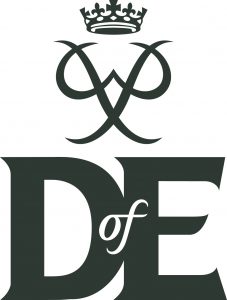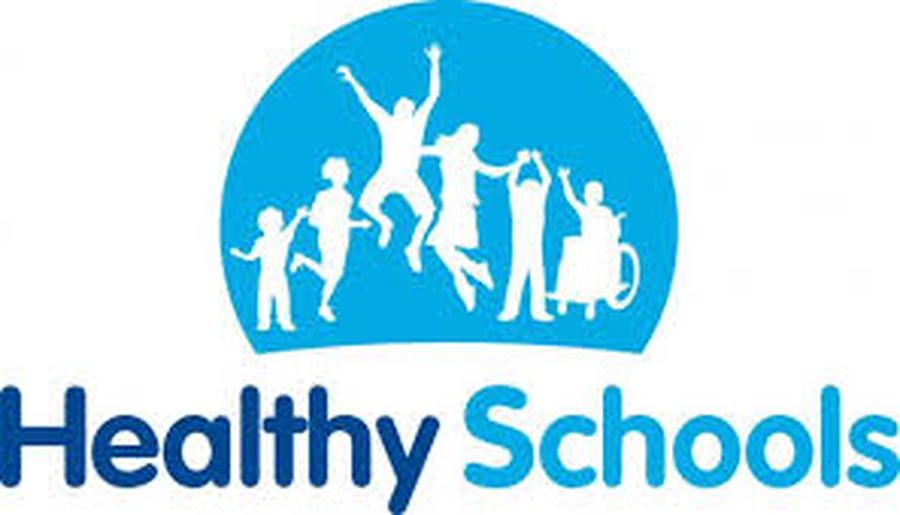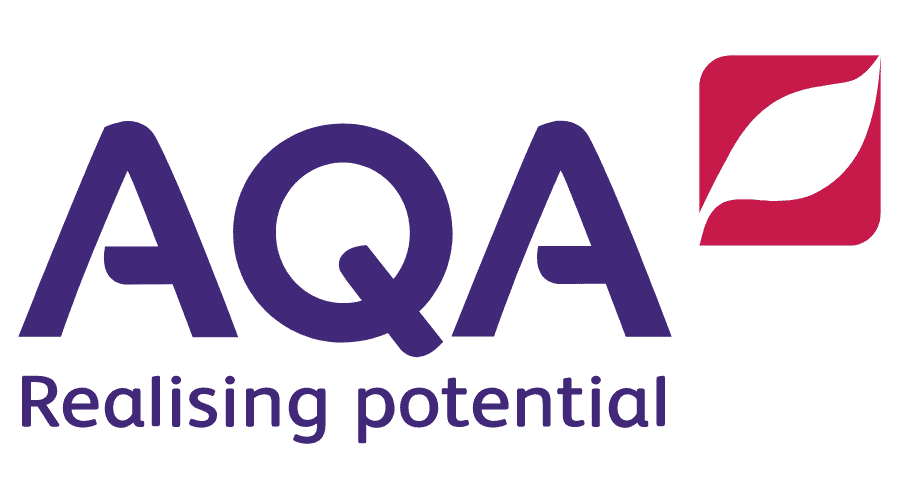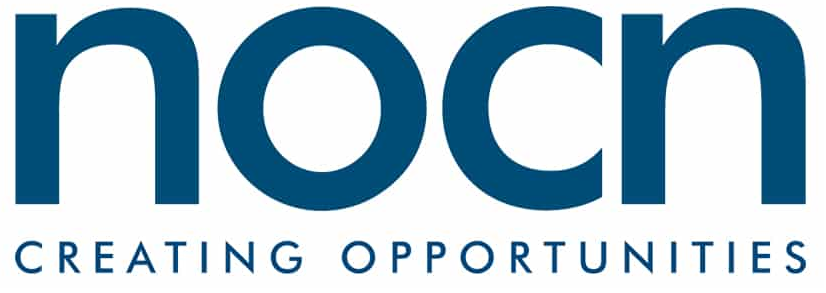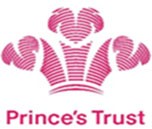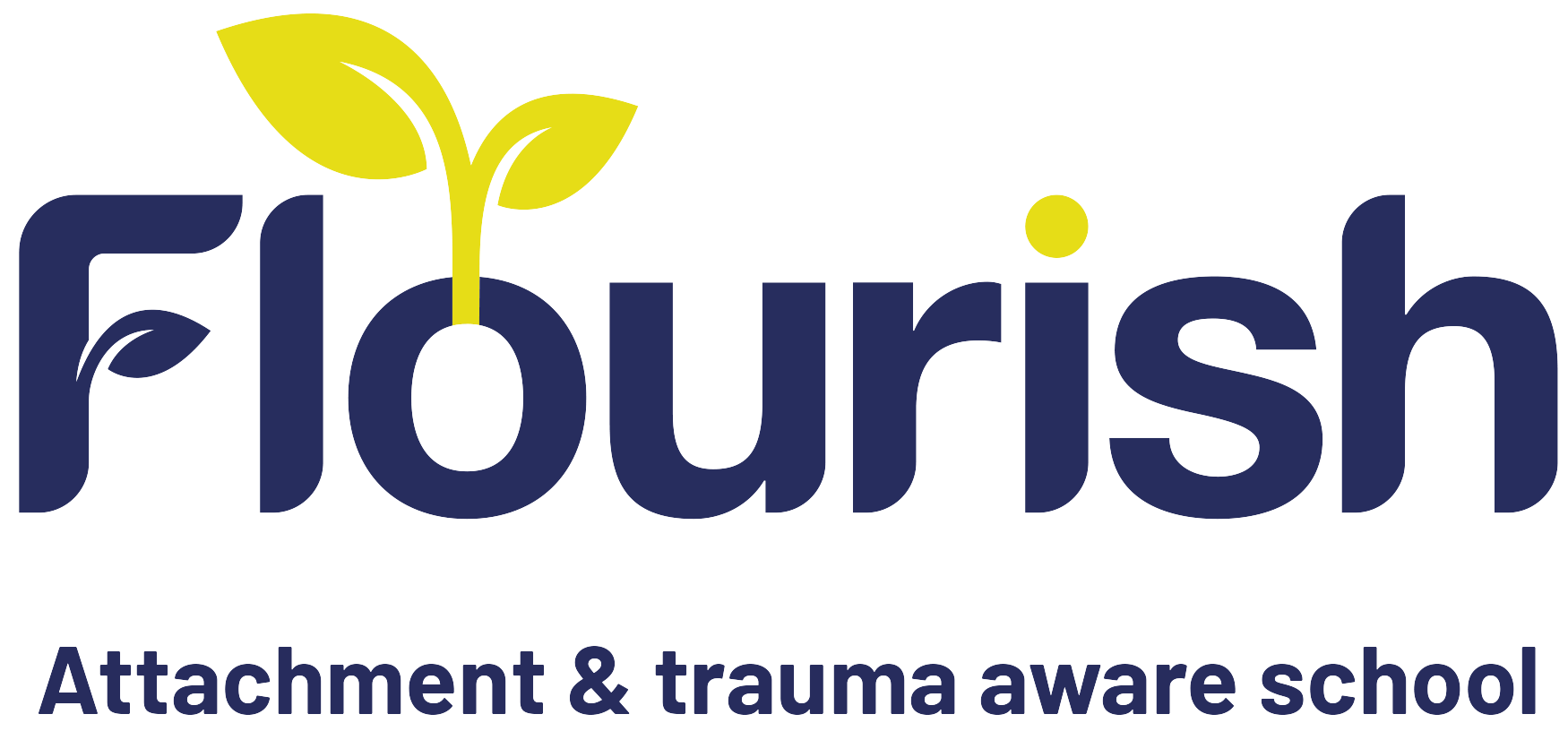What is Lego therapy?
Lego therapy is a social development program for children to support their social communication. It uses children’s love of Lego play, as well as their strengths and interests, to develop communication and social skills.
Who is Lego therapy for?
Lego therapy is for who need additional support working with and alongside peers and who have social communication difficulties.
What is Lego therapy used for?
Lego therapy is used to help children learn skills like turn-taking, sharing, listening, conversation, teamwork, shared attention and problem-solving, with the aim to transfer the skills to other classroom activities. It is to support students overcome barriers to learning, which are preventing them from successfully managing and negotiating the school day.
What is the idea behind Lego therapy?
When children play with Lego, they’re more likely to interact with each other through collaborative play. Children who might not be keen to go to a social group might go to a Lego group, because they like building with Lego. The shared focus on building uses children’s strengths and helps them practice communication and social skills while having fun.
What does Lego therapy involve?
In each session, children work together to build a model following instructions. Each child is assigned a role. There’s usually:
- an engineer, who has the instructions
- a supplier, who has the bricks
- a builder, who builds the model
- a foreman or director, who makes sure everyone works as a team.
The children take turns playing the different roles, and together they build the model. Towards the end of the session the children have time to build whatever they want.
This way of working encourages children to use verbal and nonverbal communication skills, take turns, share and use problem-solving skills.

.jpg)
